This morning when I got up and wandered toward the coffee pot my cats made a beeline toward the kitchen, meowing like they hadn’t eaten in days. This, of course, is not true, no matter what they might tell you. I have a skinny male cat who refuses to eat more than a few bites at a time. And I have a voluptuous female cat that has been on a diet for the last 11 years. I’m sure both felines would like to file a grievance with pet protective services that I’m starving them. The skinny cat doesn’t understand why food isn’t available at all times. Obviously this is because my voluptuous cat would somehow find a way to get it. And the food motivated rubinesque cat thinks I’m just plain daft. Though neither of my cats are diabetic, I actually do feed them low carb food as I worry about them becoming a type 2 diabetic.
My pets know my patterns. They know if I’m putting on scrubs I’ll be gone for hours. I swear my old Labrador knew how to tell time! She wasn’t a rocket scientist but at five minutes to 6 o’clock she knew to get out of her dog bed and stand by the office door at work because we’d be heading home soon! She knew tennis shoes meant we were going to walk the river path. Per my neighbors, my cats magically appear on my windowsill shortly before I get home. Pets like routines and get used to the routines we choose.
If I leave for a few minutes I don’t expect a welcoming committee at my front door. Oftentimes I wonder if my critters even moved since I left. If I’m gone for hours or more, it is their job to greet me when I come home. I take this as a sign of love, but if I’m honest with myself it’s that they are hungry after I’ve been gone all day. Food is never left out for obvious reasons.
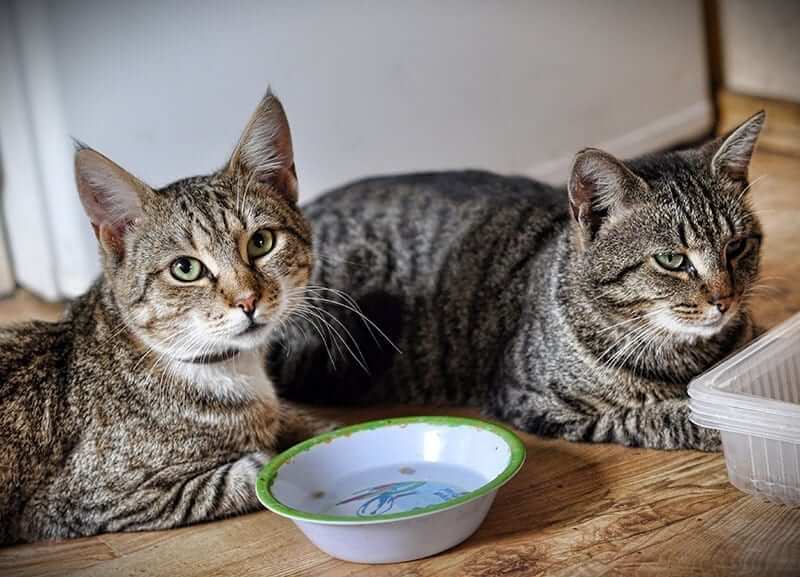 Why am I telling you this? It crossed my mind that I get emails from clients all the time telling me of their “routines” and asking how they can improve their pets’ diabetes regulation. Often in these routines people will tell me they give insulin and meals at unexpected times. For example: Insulin given at 7:00AM and at 5:00PM. That seems inherently wrong to me and when I ask why such odd times, rather than the traditional 12 hours apart, I often get the answer that the pet is pestering the owner for food. Or maybe they feed at these times because the family is sitting down for dinner at 5PM. Sometimes people tell me that they give the food and insulin at different times rather than together. I’m no longer surprised at what folks choose to do. Night owls might choose 3AM and 3PM. The actual times don’t matter as much as that we strive for 12 hours apart.
Why am I telling you this? It crossed my mind that I get emails from clients all the time telling me of their “routines” and asking how they can improve their pets’ diabetes regulation. Often in these routines people will tell me they give insulin and meals at unexpected times. For example: Insulin given at 7:00AM and at 5:00PM. That seems inherently wrong to me and when I ask why such odd times, rather than the traditional 12 hours apart, I often get the answer that the pet is pestering the owner for food. Or maybe they feed at these times because the family is sitting down for dinner at 5PM. Sometimes people tell me that they give the food and insulin at different times rather than together. I’m no longer surprised at what folks choose to do. Night owls might choose 3AM and 3PM. The actual times don’t matter as much as that we strive for 12 hours apart.
We all know people who don’t take care of themselves. Often these are our loved ones who eat junk food or don’t exercise. They may even be diabetic. They may not do what their doctors and nutritionists advise and consequently frustrate the heck out of those who love them. Pets don’t get to make these choices. WE make these choices (injection times, portions fed, the pet’s “routine”) for our pets. Humans who don’t take care of themselves suffer the consequences of their own actions. Our pets deserve to feel good. We owe it to them to make good choices for them.
Pets may tell us that it’s time to eat, but ultimately we are the decision makers. As I have mentioned many times in past newsletters, my voluptuous cat was starving when I met her on a spay/neuter campaign in the South Pacific many years ago. She will likely always believe she is starving. She is the most food motivated pet I’ve ever had. It is a battle of her will versus mine. She will always try to sneak the food from my skinny cat. I understand how difficult it can be to say, “No”, to a hungry pet.
In general, we achieve better blood glucose regulation when we feed equally portioned meals, 12 hours apart and give the insulin at the time of the meal. Life is not perfect. Sometimes you’ll get stuck late at work or at a social engagement, but in general, do try to be consistent in timing and feeding schedule. If you currently feed at unusual times (not 12 hours apart), consider your schedule. Is there some way that you can make it work 12 hours apart? And if your diabetic pet tells you it is starving, take it from me, it probably is not. Those mid-meal snacks that many pet owners give their diabetic pets can cause unwanted elevations in the blood glucose mid-day. I prefer avoiding mid-meal snacks for diabetic pets altogether. We make the food choices for our pets. We are their health advocates even if it makes us unpopular at times.
Have a question or comment? Post below or email me at [email protected]. I always enjoy hearing from my readers!
NOTE: Consult your veterinarian first to make sure my recommendations fit your pets special health needs.
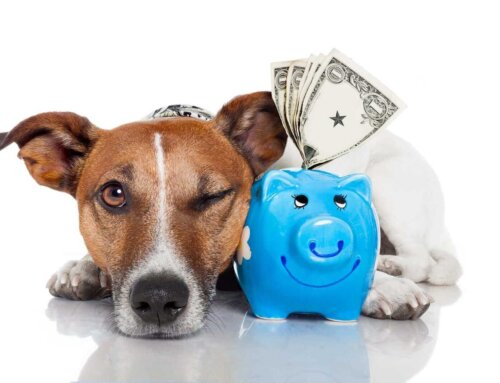
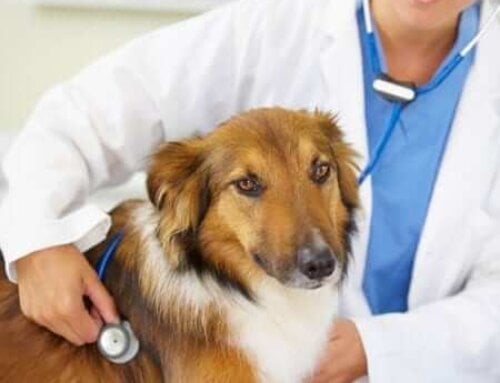


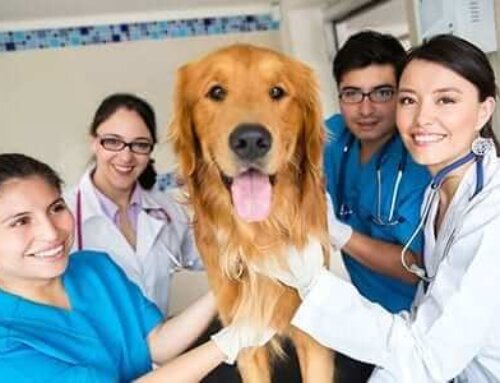

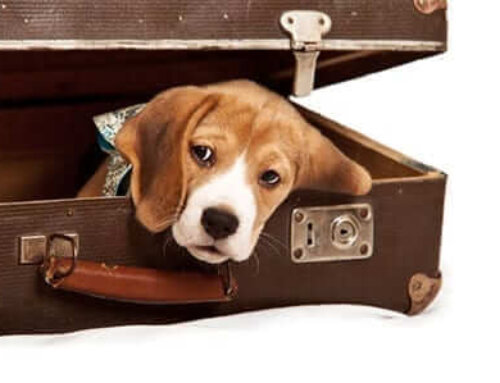
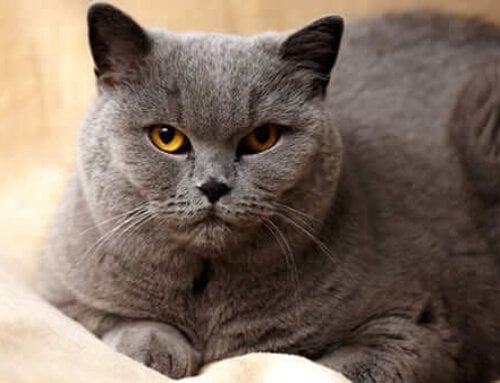

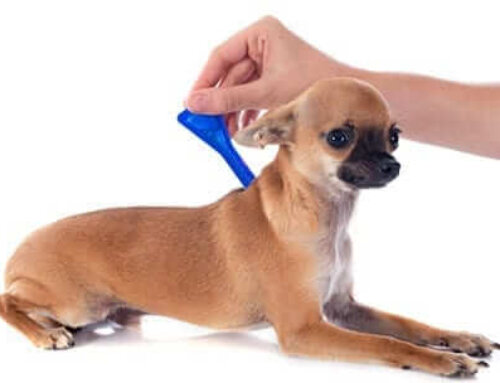
thank you for the information.
I have a 8 yr. old Poochon who is diabetic. He is fed canned diabetic food on a 12 hr. schedule. He is doing well and is more active since losing about 10 lbs. However, he is constantly hungry and will eat anything edible he finds outside, plus loves hanging around garbage cans if he can find one. What seems to be the problem. Does insulin dosage have anything to do with it. I give him 5 u’s, as per his vet.
Thank you.
Hi, Sandra!
Uncontrolled Diabetes can cause a pet to be ravenous. Or, sometimes pets are just hungry. If a pet’s glucose runs low he will be ravenous. The best way to tell is to run a blood glucose curve. This is when you check the blood glucose every 2 hours from one insulin injection until the next. If the glucose goes under 150 mg/dL check it hourly until it starts to rise again. With these results your vet can help determine if an insulin dose change is needed.
You might sit down in a cozy chair and read the 2018 AAHA Diabetes Guidelines. It is the most current consensus statement for let diabetes and is free online.
Great article, thank you.
My dog is diabetic I stick to the 12 hour routine meds and food 7am and 7pm but she cries from 6am every morning and 5pm at night we always find she has left a puddle or puddles when we get up. We do give her a little chicken during the day but she will cry constantly for more. It’s upsetting and wearing can anybody help with advice?
If your dog isn’t having accidents in the house, the blood glucose likely is not well regulated.
I’d strongly advise home glucose testing and consult your veterinarian. No pet wants to have accidents in the house. And uncontrolled hunger is a classic sign of uncontrolled diabetes. Igor you ate dog g home glucose testing and blood glucose curves. This will give your vet information as to how to adjust the care to improve your quality of life—-for you and your pet!
Hello,
I have found the comments very interesting. I have two 14 year old Pomeranian twins. One of these boys, Felix, has been diabetic for three years now. He has actually done very well although he has completely lost his vision. He has always been on a 12 hour schedule 9 and 9. This works extremely well for me. My question goes along with the topic of your discussion. Felix has always known exactly when his dinner was to be ready. The last couple of months I have noticed that he is ready to eat in 11 hours instead of 12. Since this is new for him, rather than a pattern, I thought it was worth being concerned about. I like their Vet a lot but they have always been on a grain-free diet and she still tries to convince me to switch diets. That’s why I’m asking an outside opinion. I’ve never been taught to take the glucose level but I actually wondered myself if he could be hypoglycemic prior to his meal. Several times he has vomited about 20 minutes before 9. When I researched that it did indicate possible hypoglycemia. He has a perfect glucoses reading so it is puzzling what I should do. Thank you for any suggestions.
I have two cats, one diabetic and one not. Unfortunately, I taught them bad habits when they were younger and healthier. They both meow constantly at food time (or whenever they are hungry). The diabetic is especially loud. Someone suggested skipping meals when they are noisy. I know that is not an option. How do I retrain them to be quiet when I need to feed the diabetic at specific times?
Oh how I wish I had an answer to this. Cats do prefer to nibble all day rather than meal feed. Nonethless, getting the majority of calories when the cat gets the insulin injections is much better for blood glucose control.
My tiny diabetic yorkie is howling for food. If I try to feed him extra, his stomache can’t digest it and it comes out of the other end. I try really hard not to feed him at lunchtime but he is literally howling for food. I am told that if I keep changing his diet it will cause his gluscose levels to fluctuate. I am also told that canned wet food is loaded with hidden sugars so hterfore is BAD. Vets have told me he will eat if he’s hungry. He won’t, and besides he has to have food around his insulin jab (2 units of Caninsulin twice a day) so I’m not sure their ‘advice’ is that helpful. He has been diabetic for three and a half years now and is totally blind. IS there anything I can add to his food that will bulk it out and keep him full?
I do trust allergy tests for environmental allergens, but for food allergies the gold standard is still an elimination diet. Allergy tests have improved significantly over the last decade. And the cost has come down dramatically as well. Chat with your vet about a hydrolyzed diet versus a novel protein diet. 🙂
This article is so very, very right. Sometimes owners wind up loving their pets to death, overindulging their desires to the point that they become diabetic in the first place. And others don’t realize the seriousness of their responsibilities to their pets until it’s too late. You have to do what’s right for your pets, because they don’t know themselves!
I thought to mention also, as a tip for diabetic pet owners — sometimes, if your pet is asking for food outside of their normal eating times, it might be a sign that their glucose levels are low. This has happened to me several times with my own cat (he’s dropped as low as the 40’s), so you might want to check their glucose if they’re ever trying to get your attention between meals. They might be getting hypoglycemic (which can be deadly, and means they need some food, and fast), and it’s a good indication that you probably need to lower their insulin dose some.
Great comment! Thanks for pointing this out. 🙂
great article! Our Diabetic Beagle, was found almost dead on the streets 10 years ago. She also thinks she is “starving”. We feed Honest Kitchen Embark (Turkey) but are thinking of switching to Only Naturals’ Raw Nibs or…Polly’s sensitive allergy test shows her sensitive potatoes, eggs, celery chicken. Do you trust allergy tests???
I have a diabetic dog that is 9 years old now. He has been diabetic for 2 1/2 years now. I do give his insulin every 12 hours(7:00 and 7:00). We are believers that you have to be on a schedule with it. And this poor baby has seizures as well. So we are true to the every 12 hours for all his medication. I am blessed to have friends that know I can’t go out to eat or do anything until after my fur baby has had his meds. This was such an adjustment for me and my family. But we have managed. People have to understand that they didn’t ask for this medical condition, so we all have to make the best of what we have been given. If I were to become diabetic I would have myself on a schedule, so I do the same for him. We love him and wouldn’t trade him for anything. I enjoyed your article. It’s always nice to read what others have to say that are going thru the same things as you are. I did a lot of reading when this first happened to us, I had no clue about any of it.
Great job with your schedule. It takes a village… I’m glad you have such community to help keep the schedule on time. Fabulous.
My 15 year old diabetic beagle, Brownie wakes me up between 2 am and 4 am some mornings begging for food. I have found if I ignore him, he will go back to sleep until I get up. Mid afternoon, he headbutts my chair or grinds his head in my leg while I am working. He wants food, and he wants it now…lol. He’s a funny dog. Unfortunately for him, he still has to wait until feeding time.
Beagles are amongst the most food motivated dog breeds. It can be a battle of will!
Thank you for this information – I’m one of those who tended to stray from the 12 hour mark without really giving it much thought. My diabetic cat has recently passed away from liver failure. He is the 2nd cat that became diabetic under my watch. Clearly I’m doing something wrong. Can you tell me for the future, if I decide to get another cat, what do you recommend feeding cats so that they don’t become diabetic in the first place? I used to only give dry food, and I’ve heard that’s the problem as it’s too many carbs. So is canned food the trick? Thanks for any insight you might share.
Yes, low carb food and keeping a cat the proper body weight are key. Canned food in general has much lower carbohydrate content than dry kibble. You can google a cat food composition chart of the Internet to see the carb content of most commercial cat foods. Obesity causes insulin resistance, and is my main reason for keeping my Twinkle Toes kitty on a calorie restricted diet (and low carb food).
Thanks. How many calories should a cat have in a day? How many for a kitten?
There are some fancy math calculators online for dog and cat calorie estimates, but they can be off by 50 percent or more. Some pets are easy keepers and others burn in calories like crazy. Of course the more active a pet is, the more calories burned. In general an adult cat usually needs 200 to 250 kilocalories per day. 🙂 Joi
Ha! My diabetic cat will get me up in the middle of the night for food even when there is some in his bowl.. I try to give him some raw chicken and such as a treat just to break up the monotony of canned food, but he still loves or thinks he loves what I am eating all the time until I put smidgen of it on his nose… to convince him he doesn’t!
This reminds me of the saying, “Dogs have owners. Cats have staff.” Seriously, can you ever imagine having the nerve to wake up someone 10 or 15 times your size and demanding a meal in the middle of the night?
On a serious note, I’m not a fan of raw poultry. Although the raw diets seem quite popular lately, I advise against feeding our pets raw poultry. A tiny bit of lean chicken is a great treat for a diabetic pet, but I like it to be cooked. 🙂
Great Post.